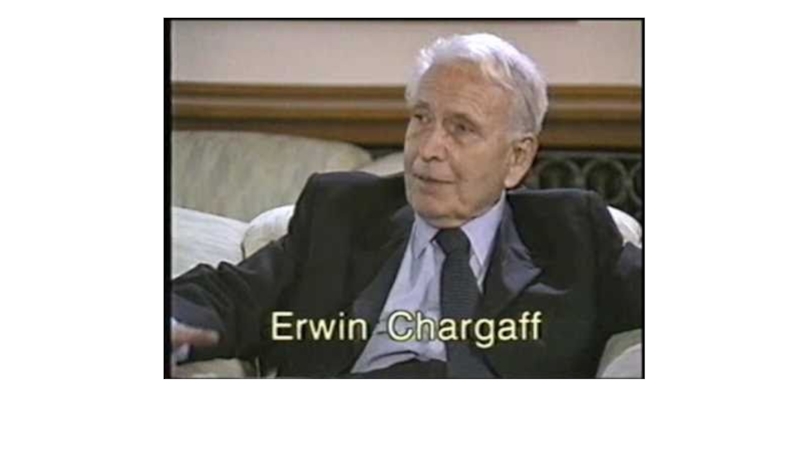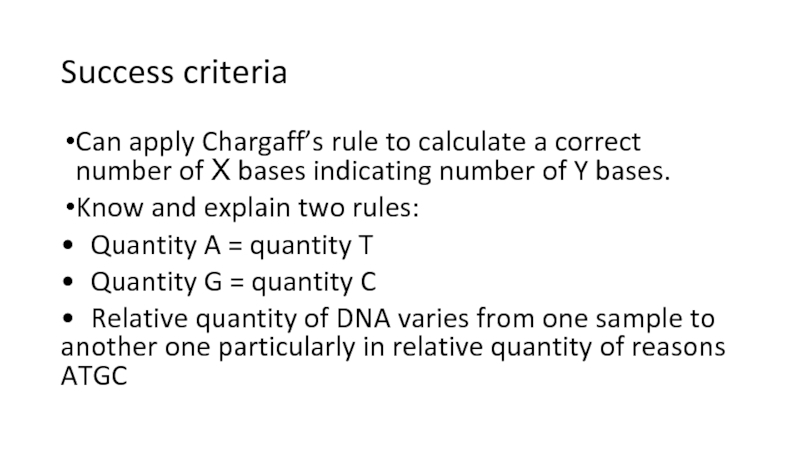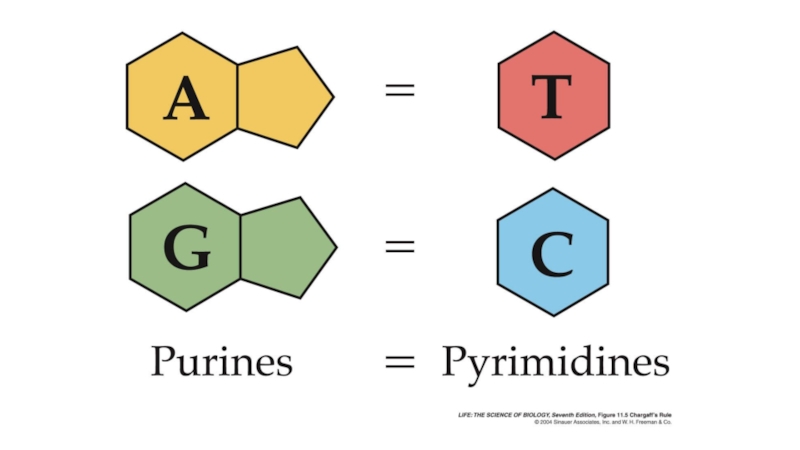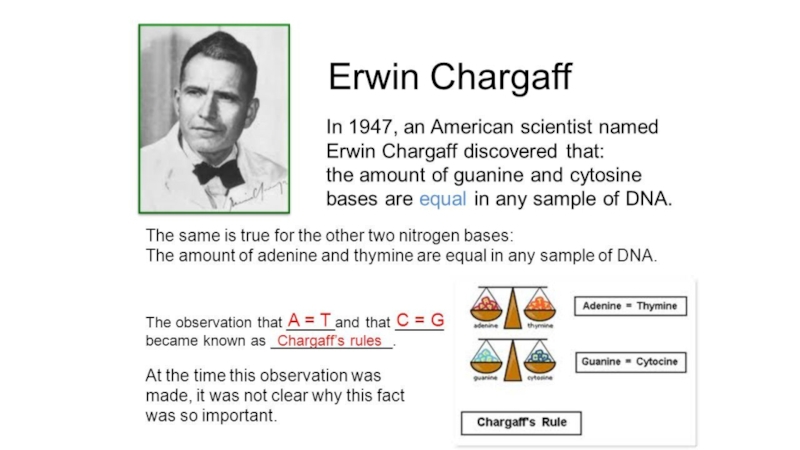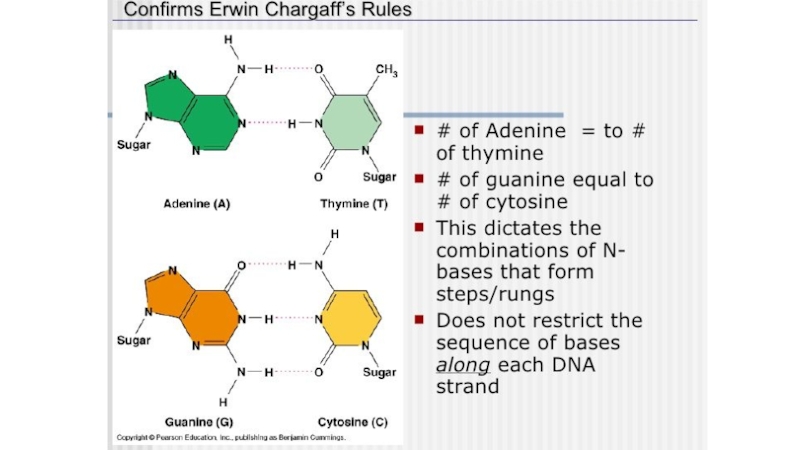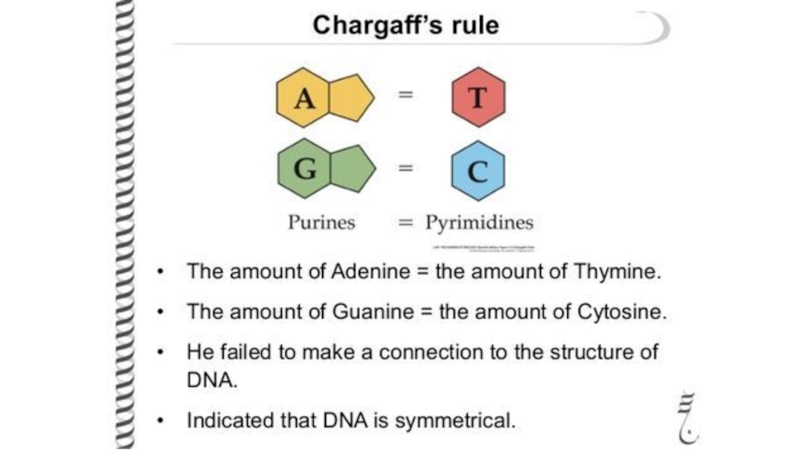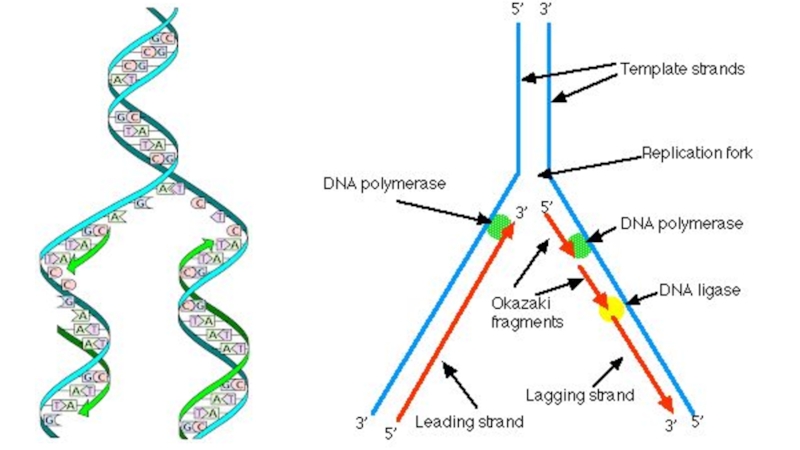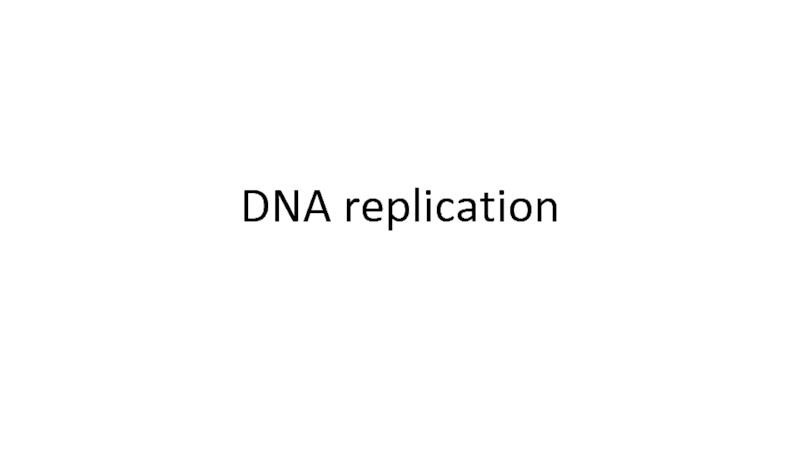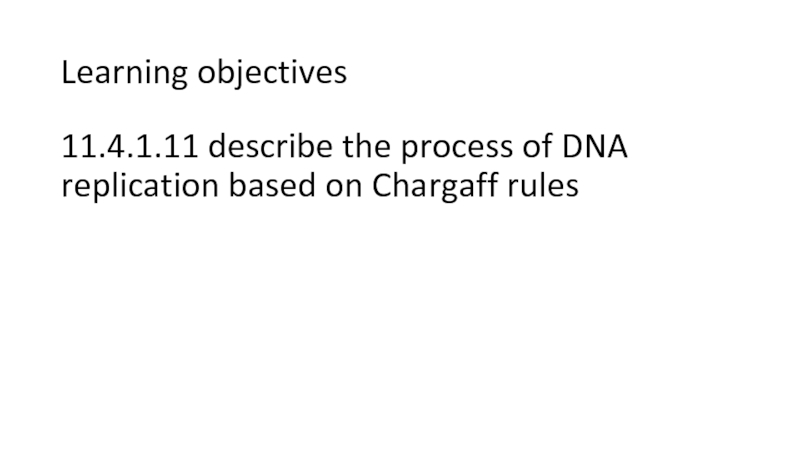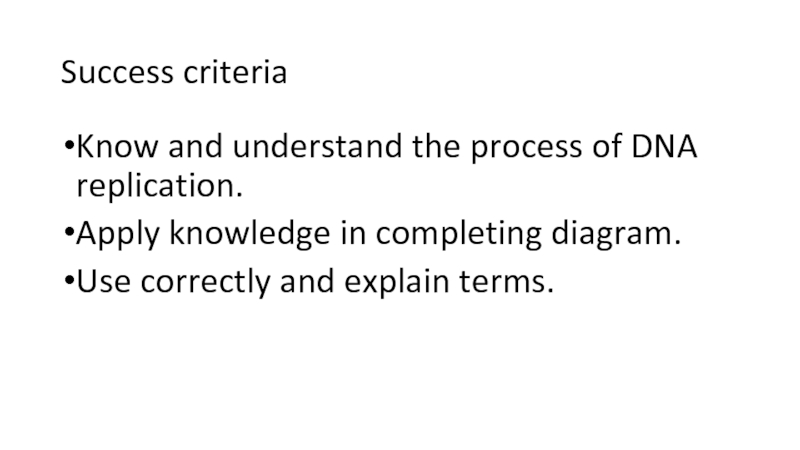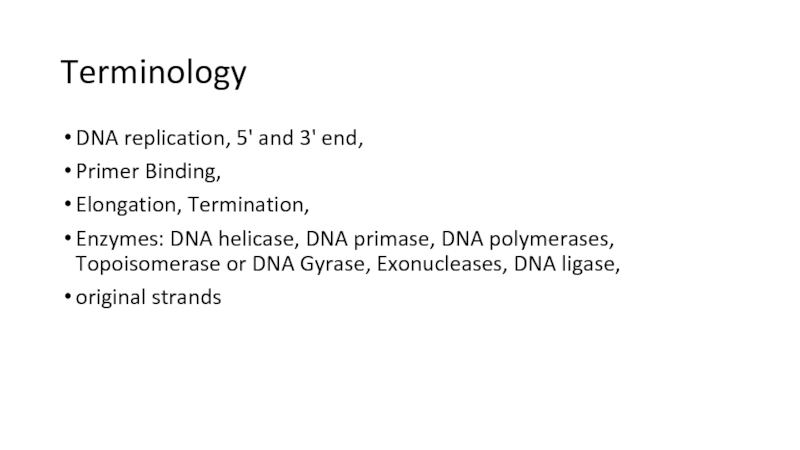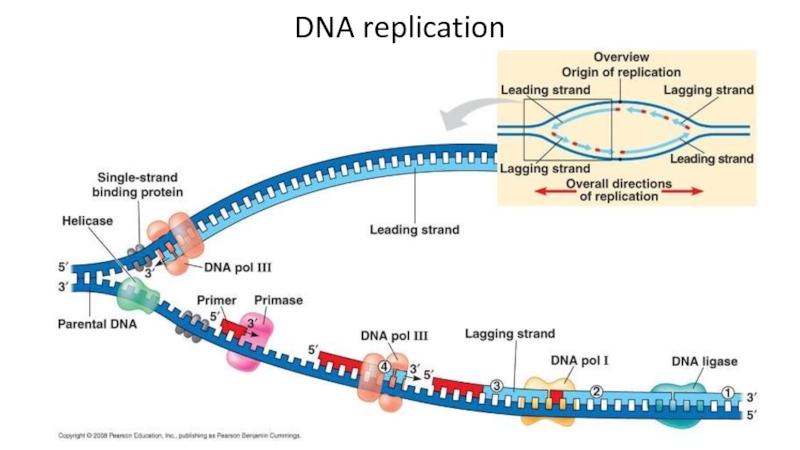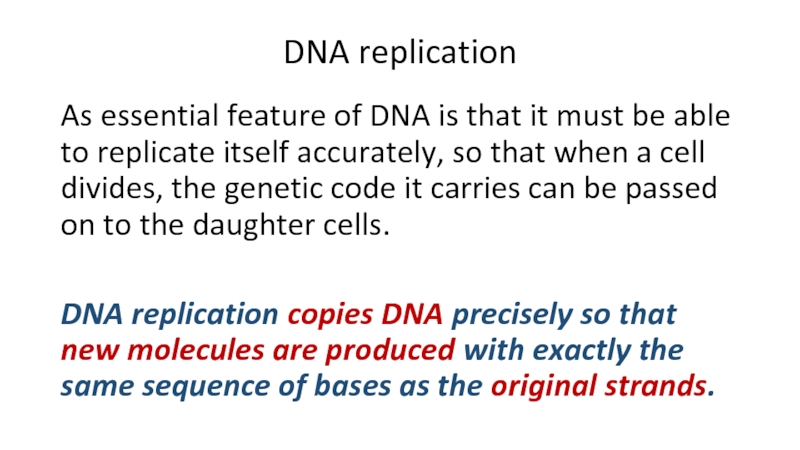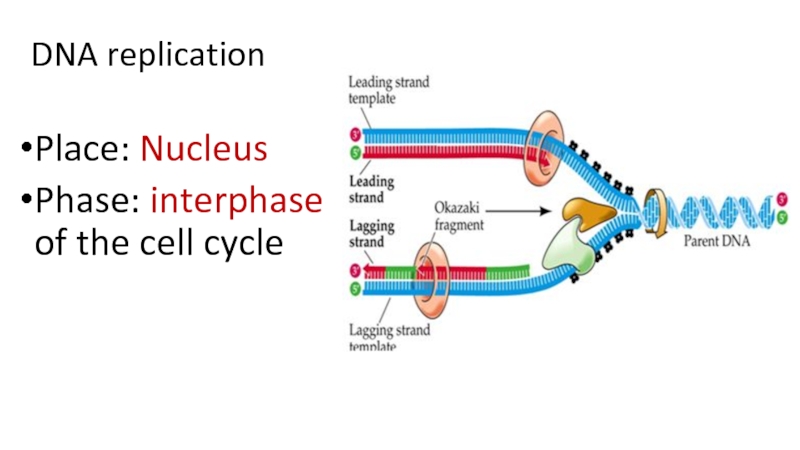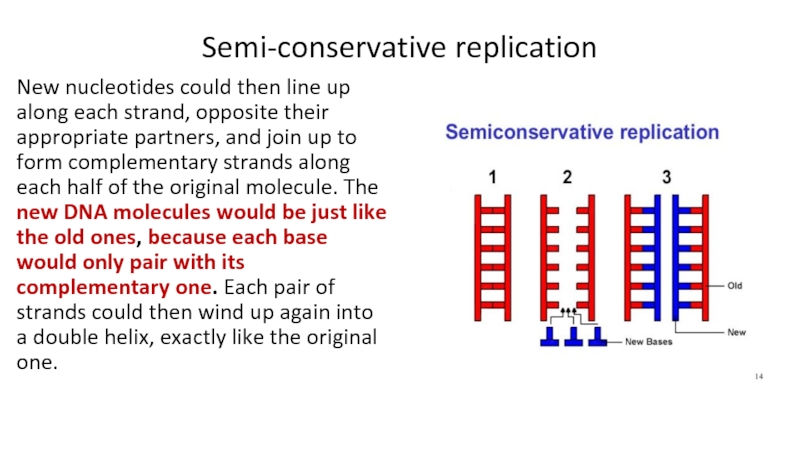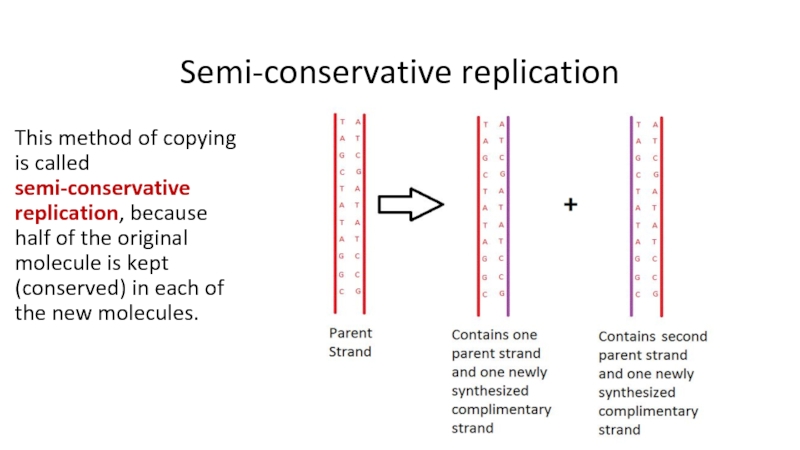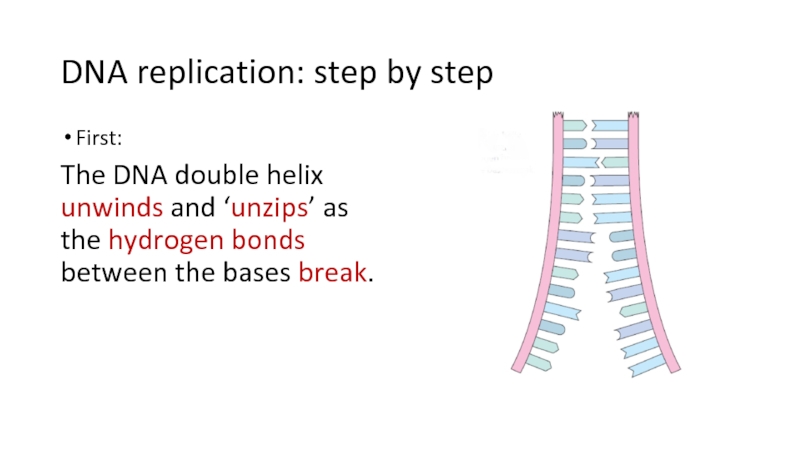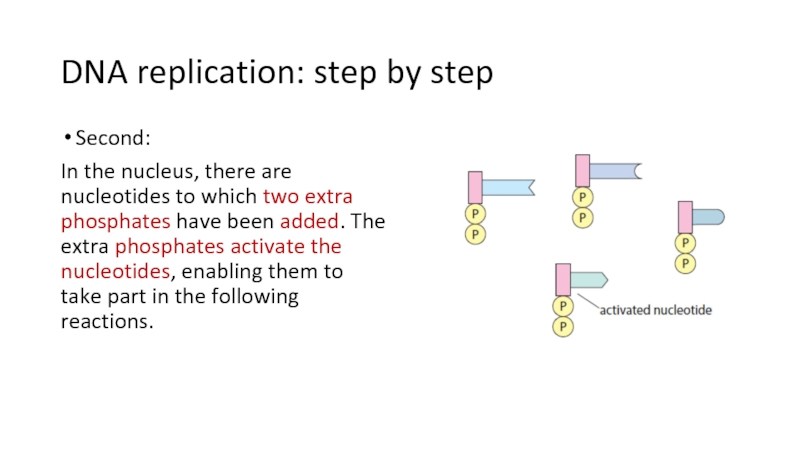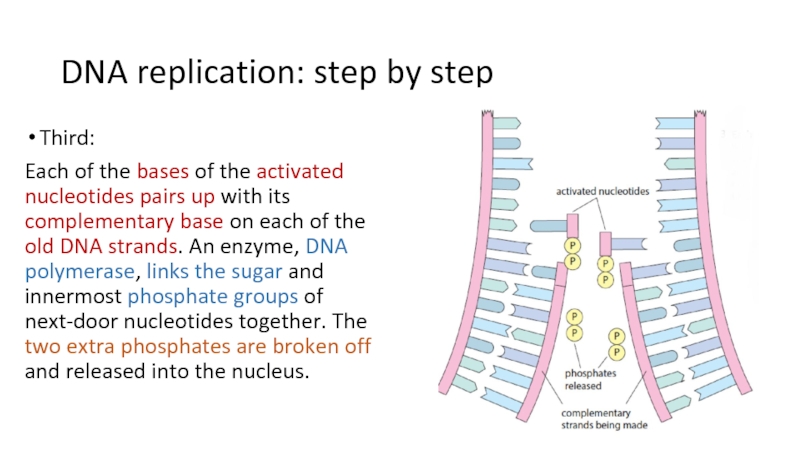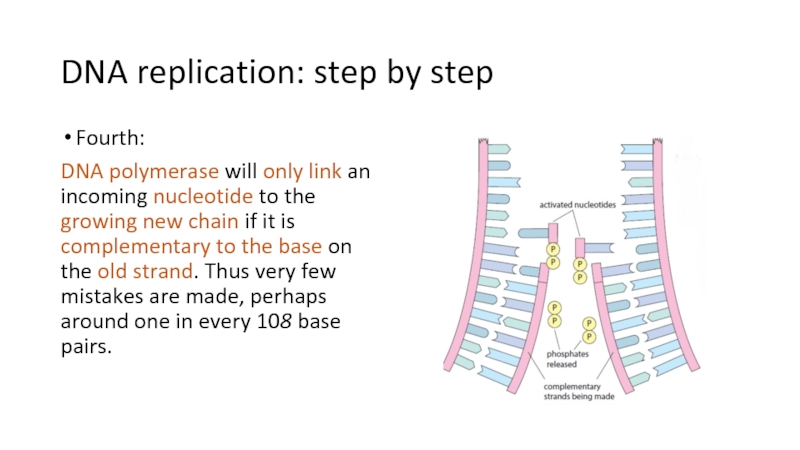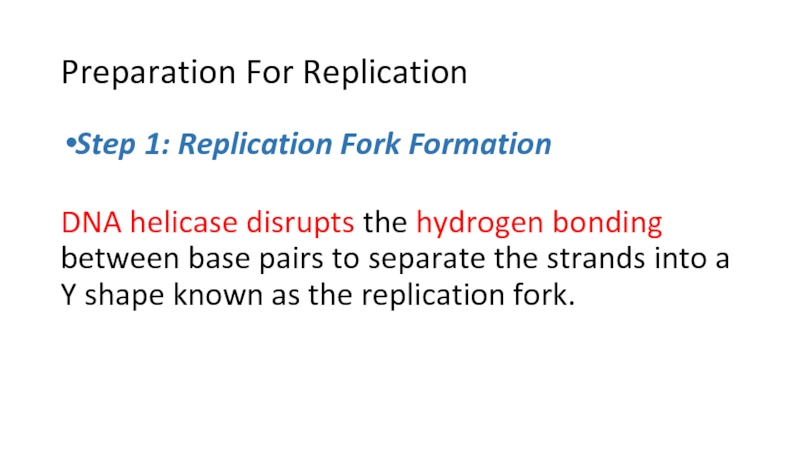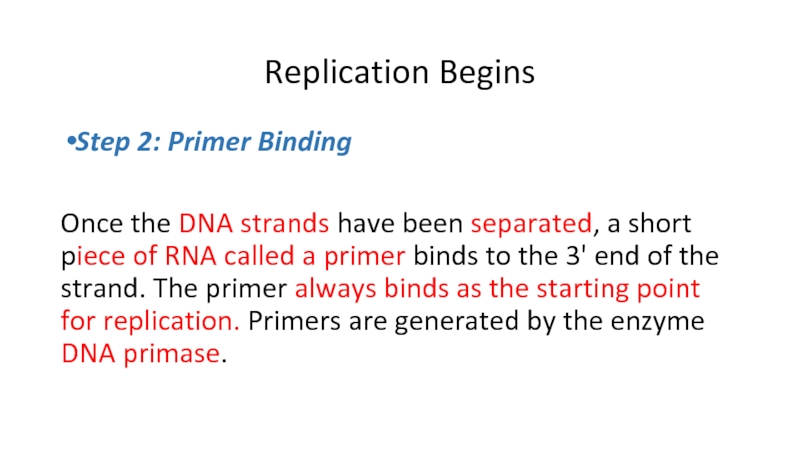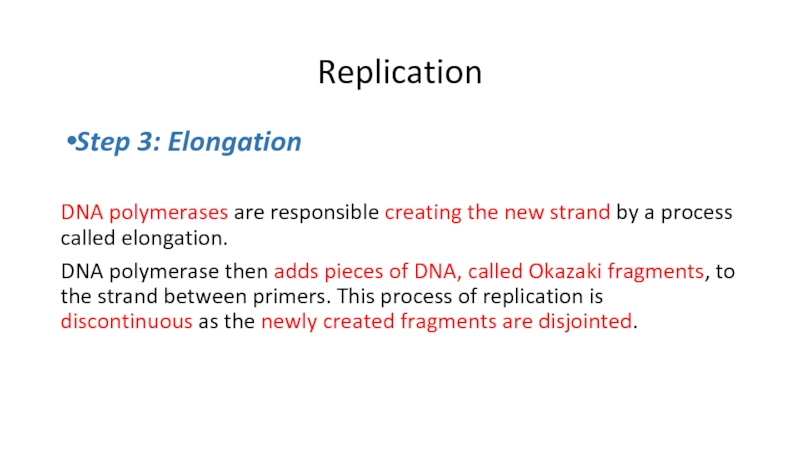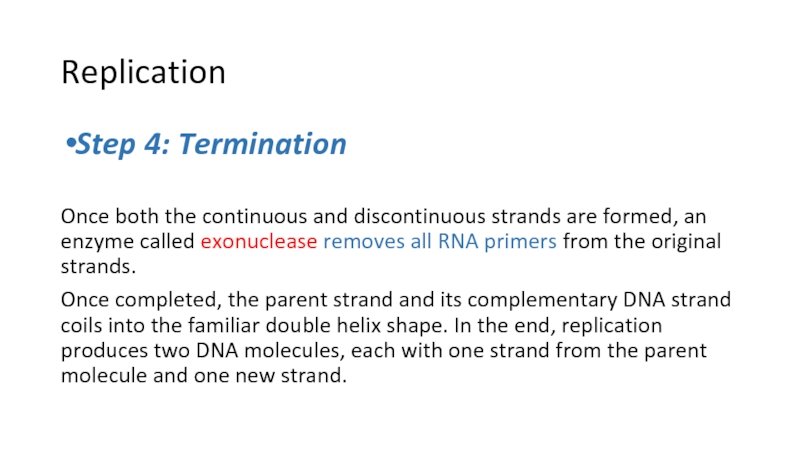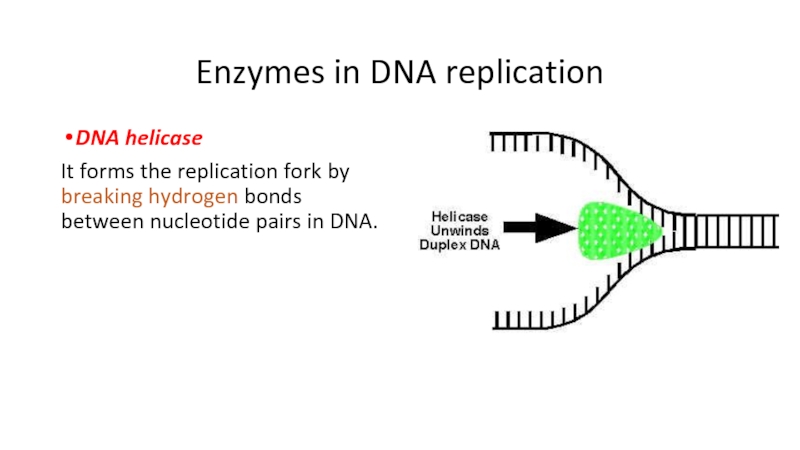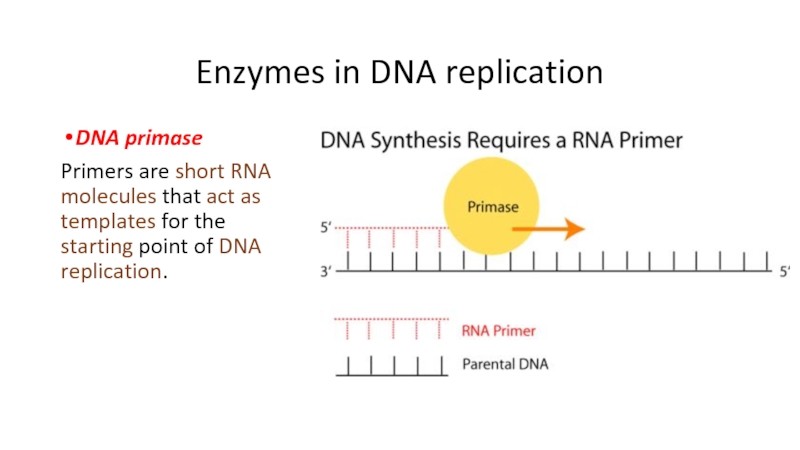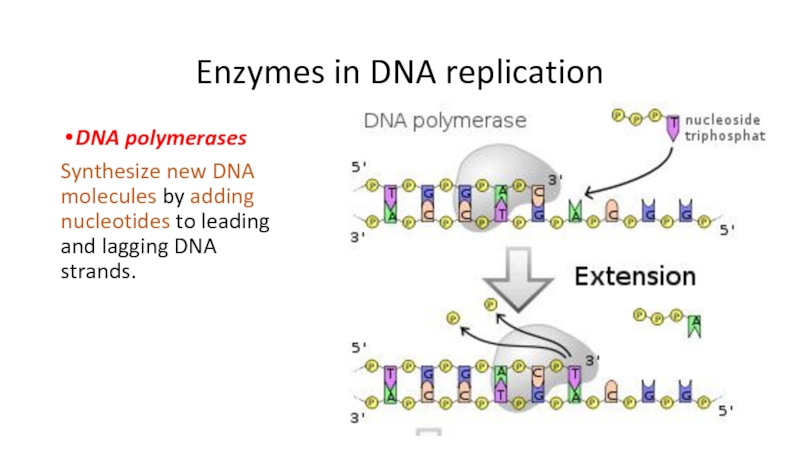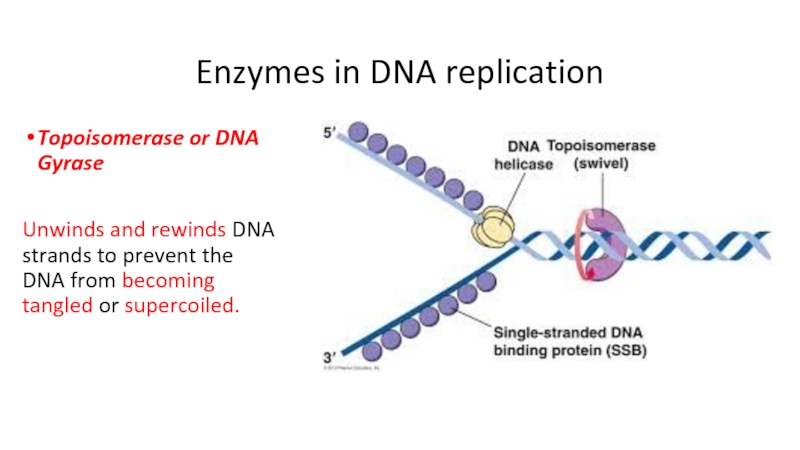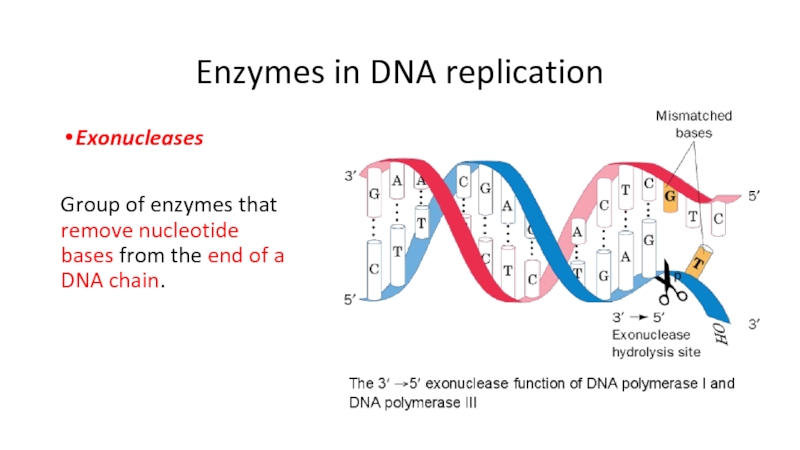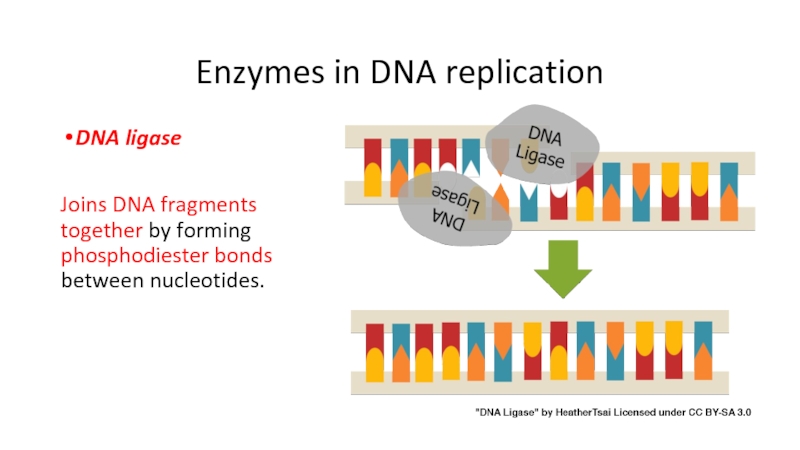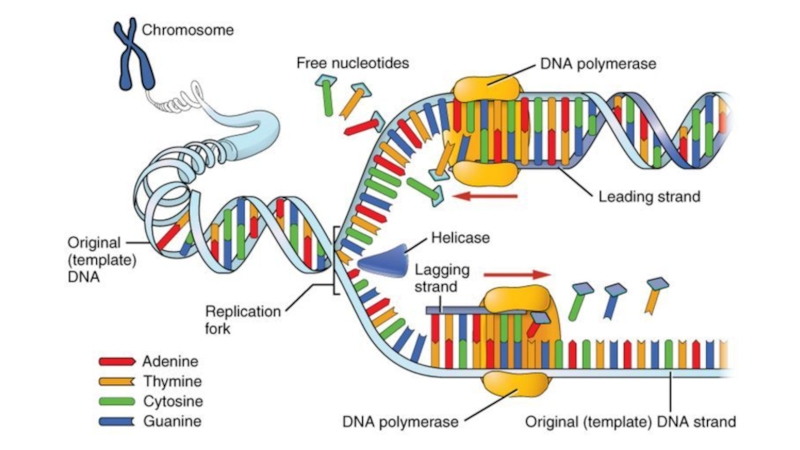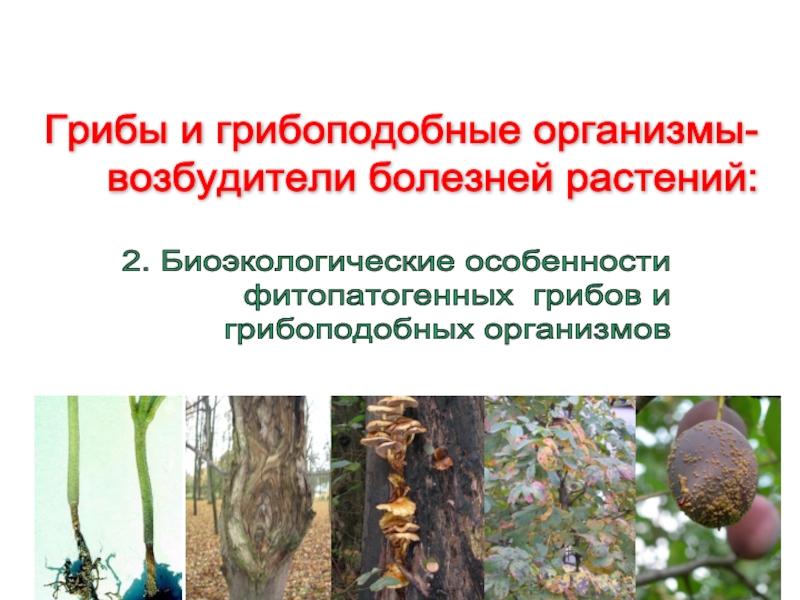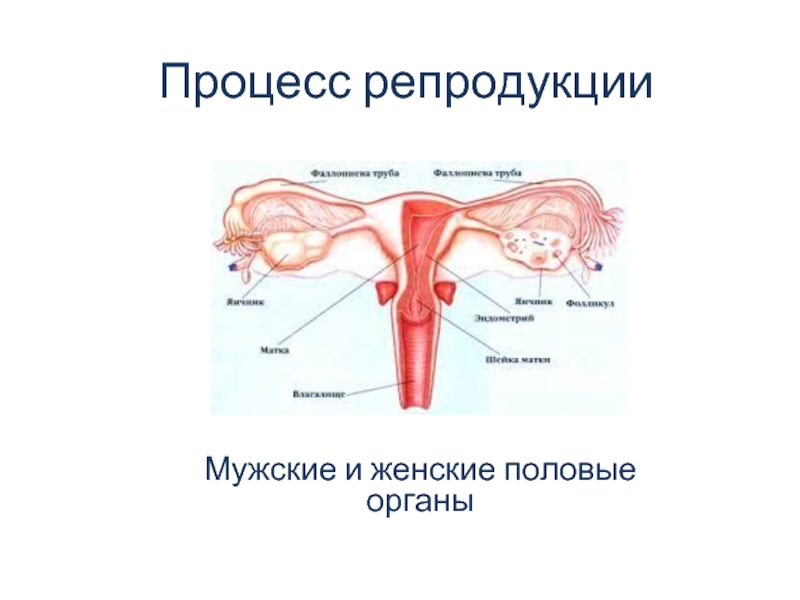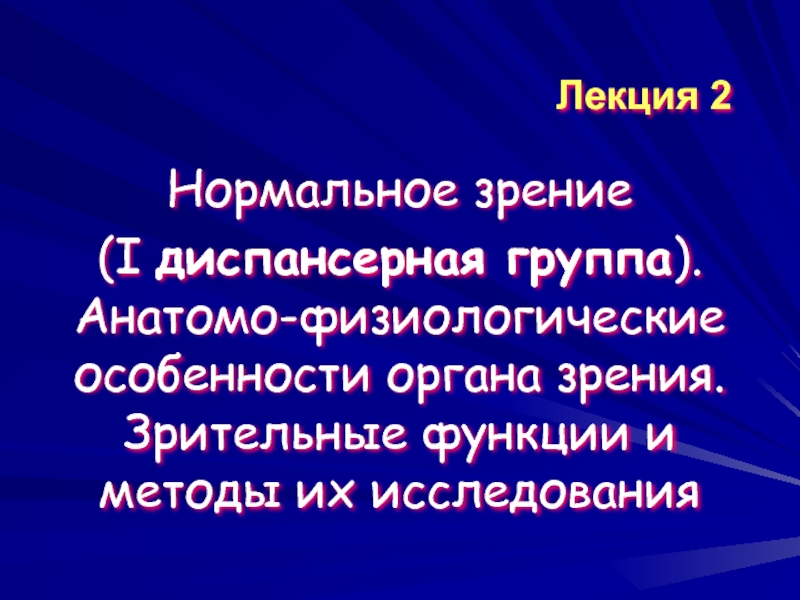- Главная
- Разное
- Дизайн
- Бизнес и предпринимательство
- Аналитика
- Образование
- Развлечения
- Красота и здоровье
- Финансы
- Государство
- Путешествия
- Спорт
- Недвижимость
- Армия
- Графика
- Культурология
- Еда и кулинария
- Лингвистика
- Английский язык
- Астрономия
- Алгебра
- Биология
- География
- Детские презентации
- Информатика
- История
- Литература
- Маркетинг
- Математика
- Медицина
- Менеджмент
- Музыка
- МХК
- Немецкий язык
- ОБЖ
- Обществознание
- Окружающий мир
- Педагогика
- Русский язык
- Технология
- Физика
- Философия
- Химия
- Шаблоны, картинки для презентаций
- Экология
- Экономика
- Юриспруденция
Chargaff rules презентация
Содержание
- 2. Chargaff rules
- 3. Success criteria Can apply Chargaff’s rule
- 9. DNA replication
- 10. Learning objectives 11.4.1.11 describe the process of DNA replication based on Chargaff rules
- 11. Success criteria Know and understand the
- 12. Terminology DNA replication, 5' and 3'
- 13. DNA replication
- 14. DNA replication As essential feature of DNA
- 15. DNA replication Place: Nucleus Phase: interphase of the cell cycle
- 16. Semi-conservative replication New nucleotides could then line
- 17. Semi-conservative replication This method of copying is
- 18. DNA replication: step by step First:
- 19. DNA replication: step by step Second: In
- 20. DNA replication: step by step Third: Each
- 21. DNA replication: step by step Fourth:
- 22. Preparation For Replication Step 1: Replication Fork
- 23. Replication Begins Step 2: Primer Binding
- 24. Replication Step 3: Elongation DNA polymerases
- 25. Replication Step 4: Termination Once both
- 26. Enzymes in DNA replication DNA helicase
- 27. Enzymes in DNA replication DNA primase
- 28. Enzymes in DNA replication DNA polymerases
- 29. Enzymes in DNA replication Topoisomerase or DNA
- 30. Enzymes in DNA replication Exonucleases Group
- 31. Enzymes in DNA replication DNA ligase
Слайд 3Success criteria
Can apply Chargaff’s rule to calculate a correct number
of Х bases indicating number of Y bases.
Know and explain two rules:
• Quantity A = quantity T
• Quantity G = quantity C
• Relative quantity of DNA varies from one sample to another one particularly in relative quantity of reasons ATGC
Know and explain two rules:
• Quantity A = quantity T
• Quantity G = quantity C
• Relative quantity of DNA varies from one sample to another one particularly in relative quantity of reasons ATGC
Слайд 10Learning objectives
11.4.1.11 describe the process of DNA replication based on
Chargaff rules
Слайд 11Success criteria
Know and understand the process of DNA replication.
Apply
knowledge in completing diagram.
Use correctly and explain terms.
Use correctly and explain terms.
Слайд 12Terminology
DNA replication, 5' and 3' end,
Primer Binding,
Elongation, Termination,
Enzymes: DNA helicase, DNA primase, DNA polymerases, Topoisomerase or DNA Gyrase, Exonucleases, DNA ligase,
original strands
Слайд 14DNA replication
As essential feature of DNA is that it must be
able to replicate itself accurately, so that when a cell divides, the genetic code it carries can be passed on to the daughter cells.
DNA replication copies DNA precisely so that new molecules are produced with exactly the same sequence of bases as the original strands.
DNA replication copies DNA precisely so that new molecules are produced with exactly the same sequence of bases as the original strands.
Слайд 16Semi-conservative replication
New nucleotides could then line up along each strand, opposite
their appropriate partners, and join up to form complementary strands along each half of the original molecule. The new DNA molecules would be just like the old ones, because each base would only pair with its complementary one. Each pair of strands could then wind up again into a double helix, exactly like the original one.
Слайд 17Semi-conservative replication
This method of copying is called semi-conservative replication, because half
of the original molecule is kept (conserved) in each of the new molecules.
Слайд 18DNA replication: step by step
First:
The DNA double helix unwinds and
‘unzips’ as the hydrogen bonds between the bases break.
Слайд 19DNA replication: step by step
Second:
In the nucleus, there are nucleotides to
which two extra phosphates have been added. The extra phosphates activate the nucleotides, enabling them to take part in the following reactions.
Слайд 20DNA replication: step by step
Third:
Each of the bases of the activated
nucleotides pairs up with its complementary base on each of the old DNA strands. An enzyme, DNA polymerase, links the sugar and innermost phosphate groups of next-door nucleotides together. The two extra phosphates are broken off and released into the nucleus.
Слайд 21DNA replication: step by step
Fourth:
DNA polymerase will only link an
incoming nucleotide to the growing new chain if it is complementary to the base on the old strand. Thus very few mistakes are made, perhaps around one in every 108 base pairs.
Слайд 22Preparation For Replication
Step 1: Replication Fork Formation
DNA helicase disrupts the hydrogen
bonding between base pairs to separate the strands into a Y shape known as the replication fork.
Слайд 23Replication Begins
Step 2: Primer Binding
Once the DNA strands have been separated,
a short piece of RNA called a primer binds to the 3' end of the strand. The primer always binds as the starting point for replication. Primers are generated by the enzyme DNA primase.
Слайд 24Replication
Step 3: Elongation
DNA polymerases are responsible creating the new strand by
a process called elongation.
DNA polymerase then adds pieces of DNA, called Okazaki fragments, to the strand between primers. This process of replication is discontinuous as the newly created fragments are disjointed.
DNA polymerase then adds pieces of DNA, called Okazaki fragments, to the strand between primers. This process of replication is discontinuous as the newly created fragments are disjointed.
Слайд 25Replication
Step 4: Termination
Once both the continuous and discontinuous strands are formed,
an enzyme called exonuclease removes all RNA primers from the original strands.
Once completed, the parent strand and its complementary DNA strand coils into the familiar double helix shape. In the end, replication produces two DNA molecules, each with one strand from the parent molecule and one new strand.
Once completed, the parent strand and its complementary DNA strand coils into the familiar double helix shape. In the end, replication produces two DNA molecules, each with one strand from the parent molecule and one new strand.
Слайд 26Enzymes in DNA replication
DNA helicase
It forms the replication fork by
breaking hydrogen bonds between nucleotide pairs in DNA.
Слайд 27Enzymes in DNA replication
DNA primase
Primers are short RNA molecules that
act as templates for the starting point of DNA replication.
Слайд 28Enzymes in DNA replication
DNA polymerases
Synthesize new DNA molecules by adding
nucleotides to leading and lagging DNA strands.
Слайд 29Enzymes in DNA replication
Topoisomerase or DNA Gyrase
Unwinds and rewinds DNA
strands to prevent the DNA from becoming tangled or supercoiled.
Слайд 30Enzymes in DNA replication
Exonucleases
Group of enzymes that remove nucleotide bases from
the end of a DNA chain.
Слайд 31Enzymes in DNA replication
DNA ligase
Joins DNA fragments together by forming
phosphodiester bonds between nucleotides.
